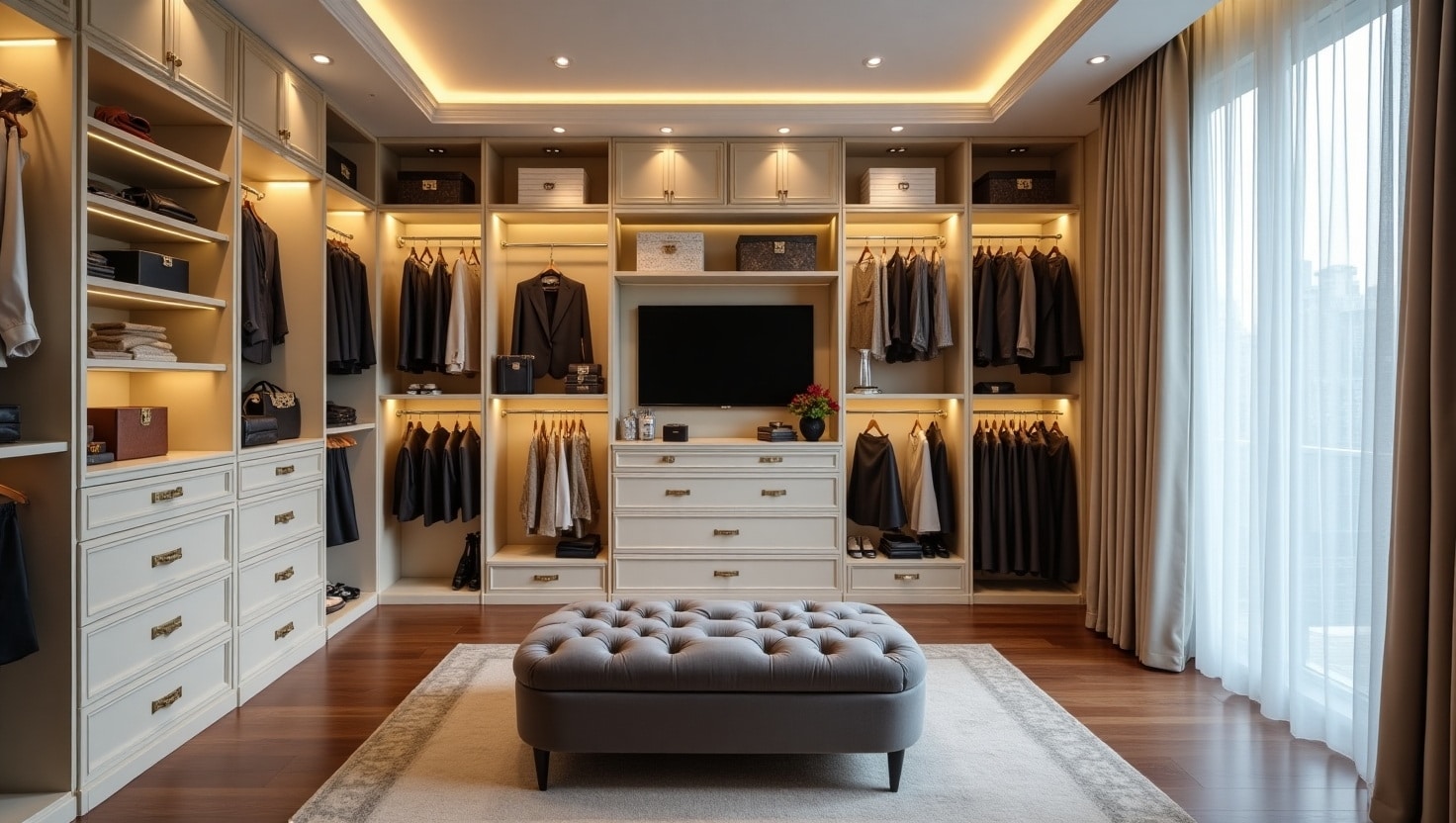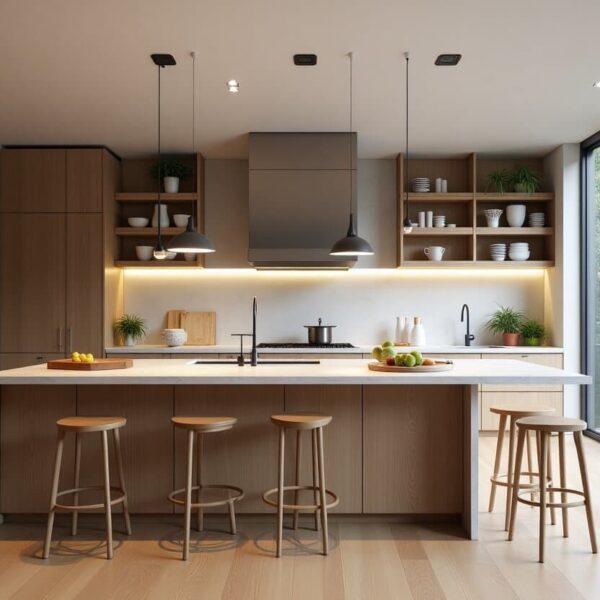For families living in compact homes, investing in a custom wardrobe from China can be a smart, space-saving move. Tailored to your layout and lifestyle, it gives you more storage without wasting an inch. But once it’s installed, your work isn’t over—long-term satisfaction depends just as much on how you care for it.
Whether you’ve just received your made-to-order piece or have been using one for years, this guide shares expert-approved tips to help you maintain your wardrobe and keep it looking new, no matter the climate or daily habits in your home.
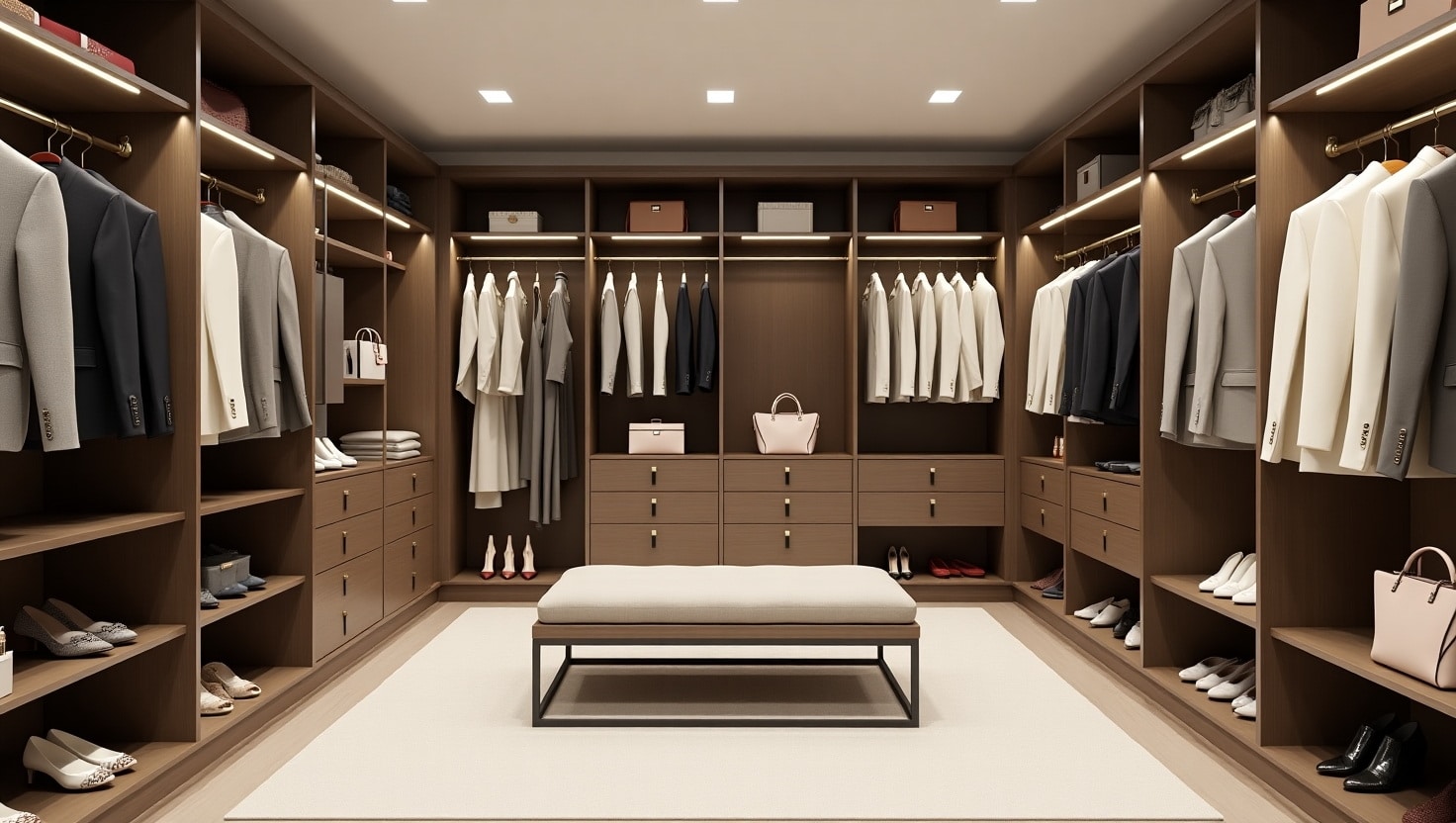
Daily & Seasonal Cleaning: Build a Habit That Pays Off
Keeping your custom wardrobe in top shape doesn’t take much—it just takes consistency. We recommend a deep clean every three to six months. In between, a quick dusting session every week can go a long way in keeping things looking crisp and fresh.
When wiping, always work top to bottom so falling dust doesn’t undo your effort. A soft microfiber cloth—dry or just barely damp—is your best friend here. Avoid excess water at all costs; moisture is the quiet destroyer of wood and laminates.
And speaking of materials—different surfaces need different care. Wood panels prefer a wipe along the grain with a soft cloth. You might use a special wood cleaner or conditioner from time to time. Laminate finishes do fine with a mild detergent but must be dried immediately. Mirrors and glass panels? Stick to streak-free glass cleaner. And for metal handles and hinges, a quick wipe with mild soapy water—followed by drying—will help avoid watermarks or rust.
Whatever the surface, always skip the harsh stuff. Bleach, alcohol, abrasive pads—they may get rid of grime, but they’ll also strip finishes and shorten your wardrobe’s lifespan. A little caution now keeps your investment looking good for years.
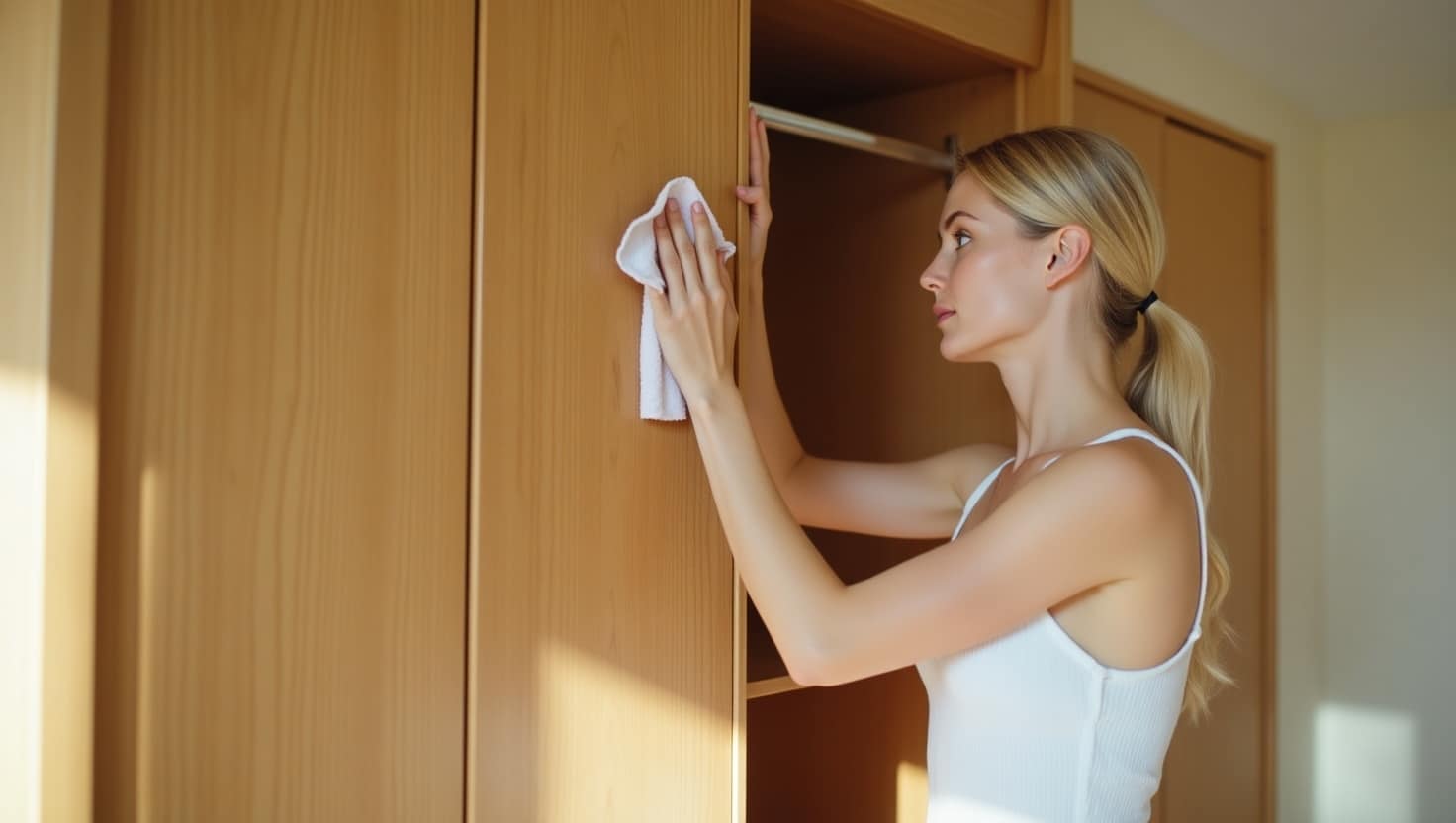
Environmental Control: Let Your Wardrobe Breathe
No matter how high the quality, Custom Wardrobes from China still need the right environment to thrive—especially when they’re shipped across climates.
Avoid placing wardrobes in direct sunlight. Over time, intense UV exposure can fade or warp finishes. If moving the wardrobe isn’t possible, use window coverings or UV-blocking film.
Humidity is another silent threat. In rainy seasons, hang dehumidifier bags inside the wardrobe. In dry seasons, a shallow dish of water tucked into the back corner helps prevent cracks from dry air. Want to be more precise? Use a hygrometer to keep the humidity between 45–55%—ideal for both your wardrobe and your clothes.
And don’t forget airflow. Even closed wardrobes need occasional air circulation. Open the doors regularly or position the wardrobe where air can move freely.
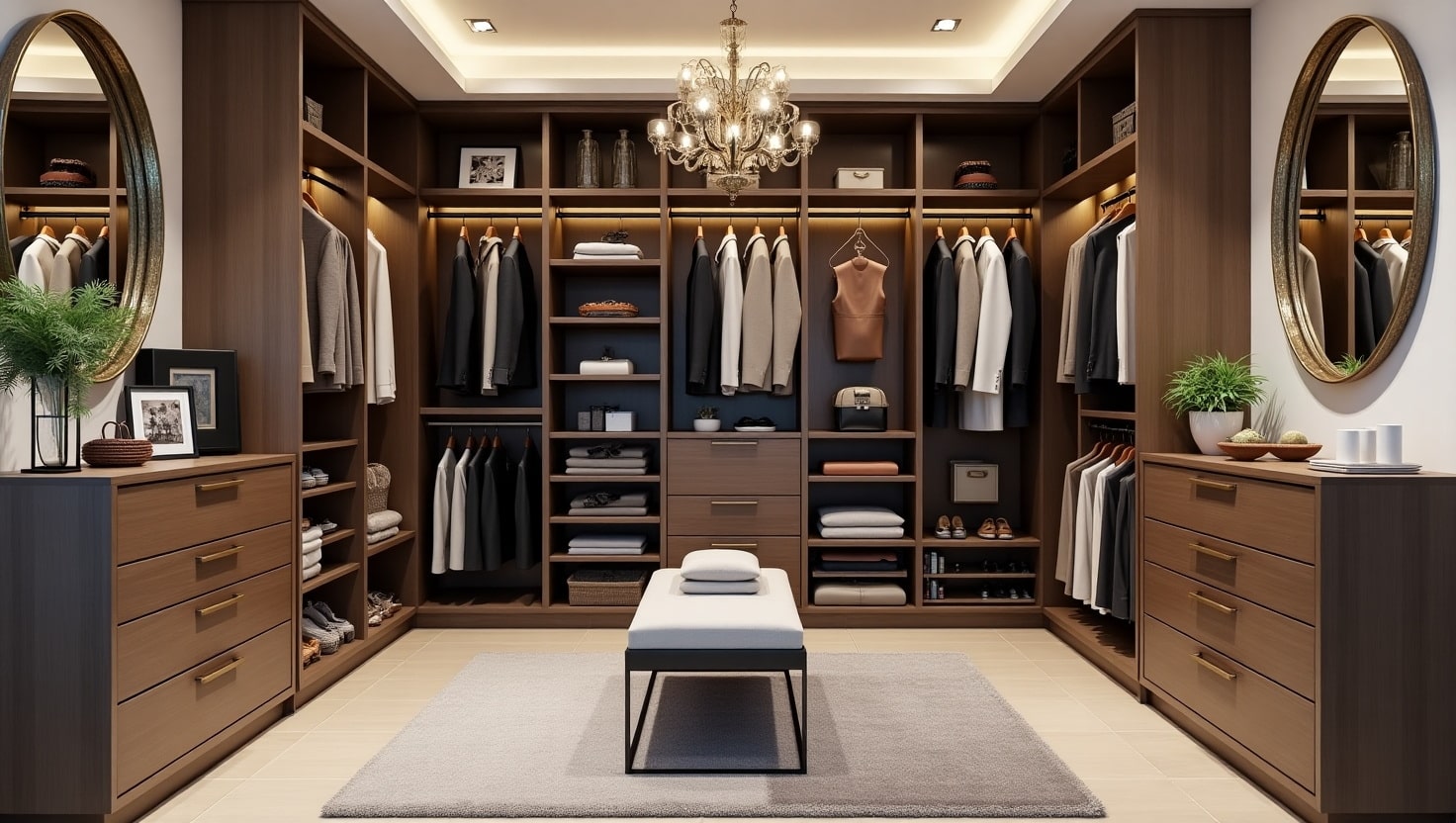
Hardware & Structure: The Hidden Key to Longevity
Your wardrobe’s function relies on more than just good looks. Hinges, drawer slides, and connectors are the hardworking backbone — and they need occasional TLC.
Listen to squeaks, check for loose screws, and pay attention to how doors and drawers move. A quick spray of silicone or a dab of wax on the hinges can do wonders. And don’t ignore the tracks of sliding doors—clean out any dust before it causes jamming or misalignment.
Also, be realistic with weight. Overloading hanging rods or drawers can bend brackets, loosen panels, and put stress on the frame. Spread the load or reinforce it if you’re storing heavy items.
Have a project in mind? Send a message.
Get the catalog for free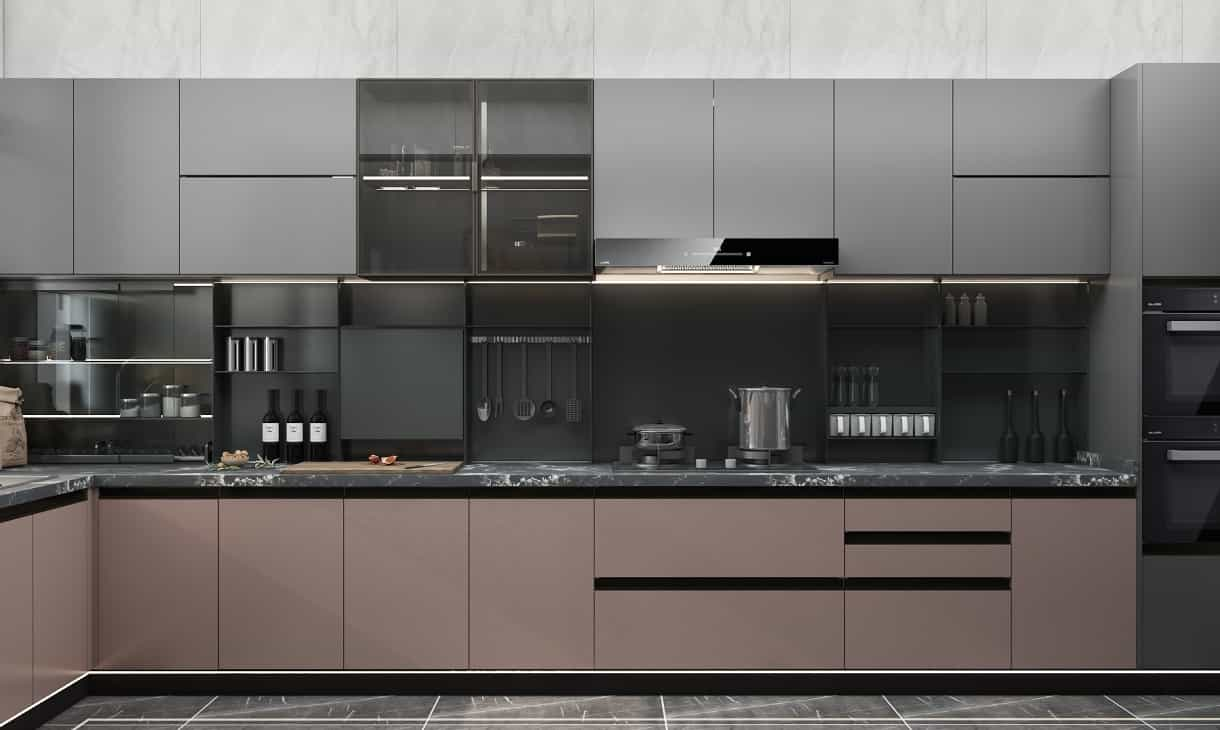
Garment Care: Because Your Clothes Deserve It Too
Good garment storage means fresher clothes and a healthier wardrobe. Try airing out your wardrobe now and then—open the doors, let some fresh air in. It also gives you a chance to sort out what you don’t wear anymore and free up space.
Use hangers that support the shape of your clothes, and don’t cram everything in. Let your clothes breathe. When everything’s packed tightly, airflow stops, and that’s when mustiness starts.
Regular vacuuming inside the wardrobe helps clear dust and prevents bugs from settling in. A few natural repellents — like cedar or lavender sachets — can help keep pests at bay. Most importantly, never store damp clothes. Even slightly wet fabric can start a chain reaction of mildew and odor.
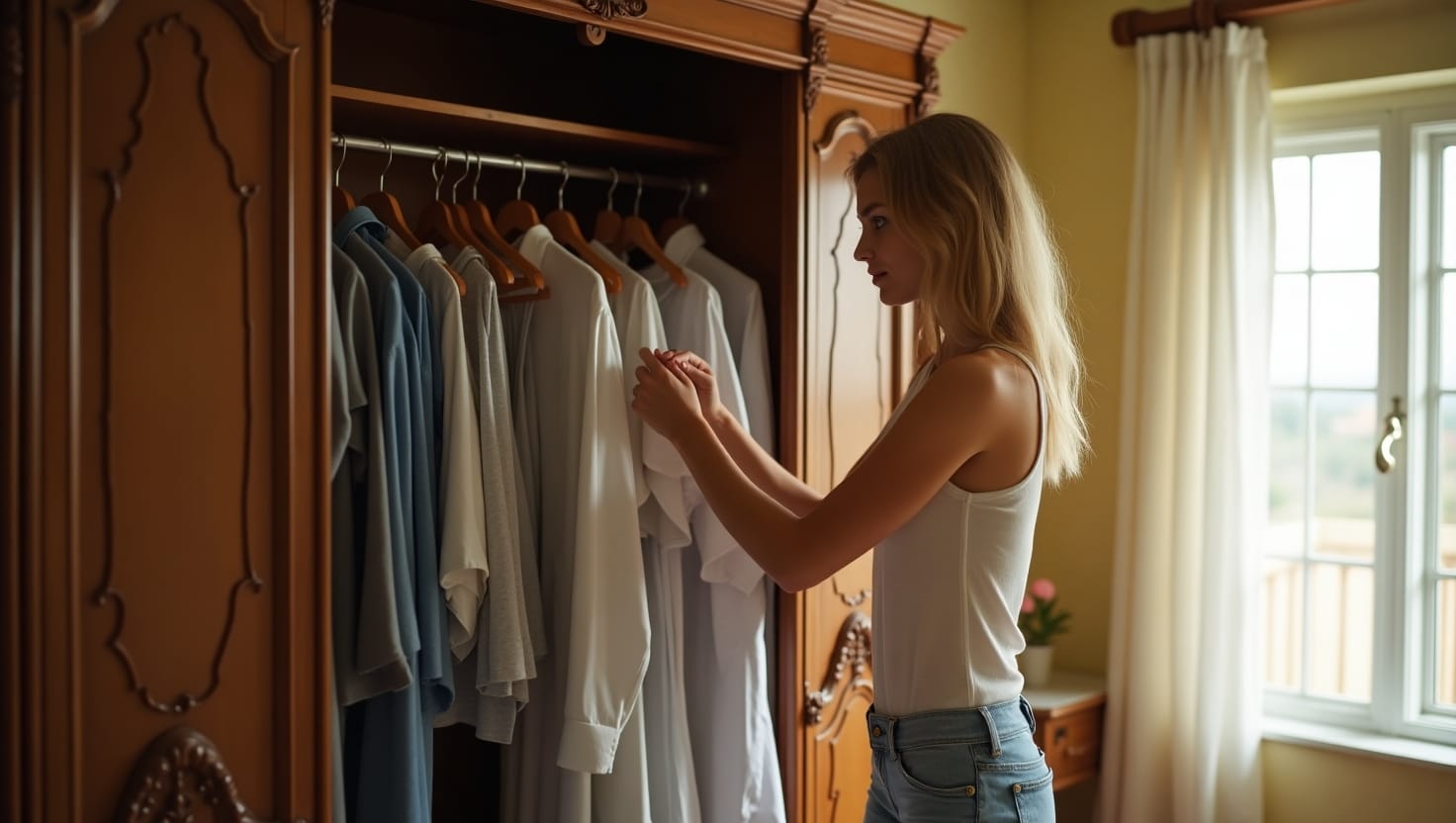
When Trouble Hits Your Custom Wardrobe
Even with the best care, unexpected moisture can sneak in. Mold and musty smells are often the first signs—and they shouldn’t be ignored.
If it’s minor, try wiping with a mix of baking soda and water or a 50/50 blend of vinegar and water. For tougher spots, isopropyl alcohol or 3% hydrogen peroxide usually does the trick. Just be sure to dry the area thoroughly after cleaning.
Smells lingering? Activated charcoal, baking soda, or dry coffee grounds can help absorb odors. Keep your wardrobe open to air out during this process. And if none of that works—if you see warping, deep stains, or smell something you can’t clean—call a professional.
Smart Reminders for Long-Term Care
- Always clean with a slightly damp cloth—never wet.
- Stick to mild, pH-neutral cleaners that match the material.
- Avoid waxes, abrasive sponges, and harsh polishes.
- When trying a new cleaner, always test in a hidden spot first.
- Maintenance is a habit—don’t wait for problems to start.
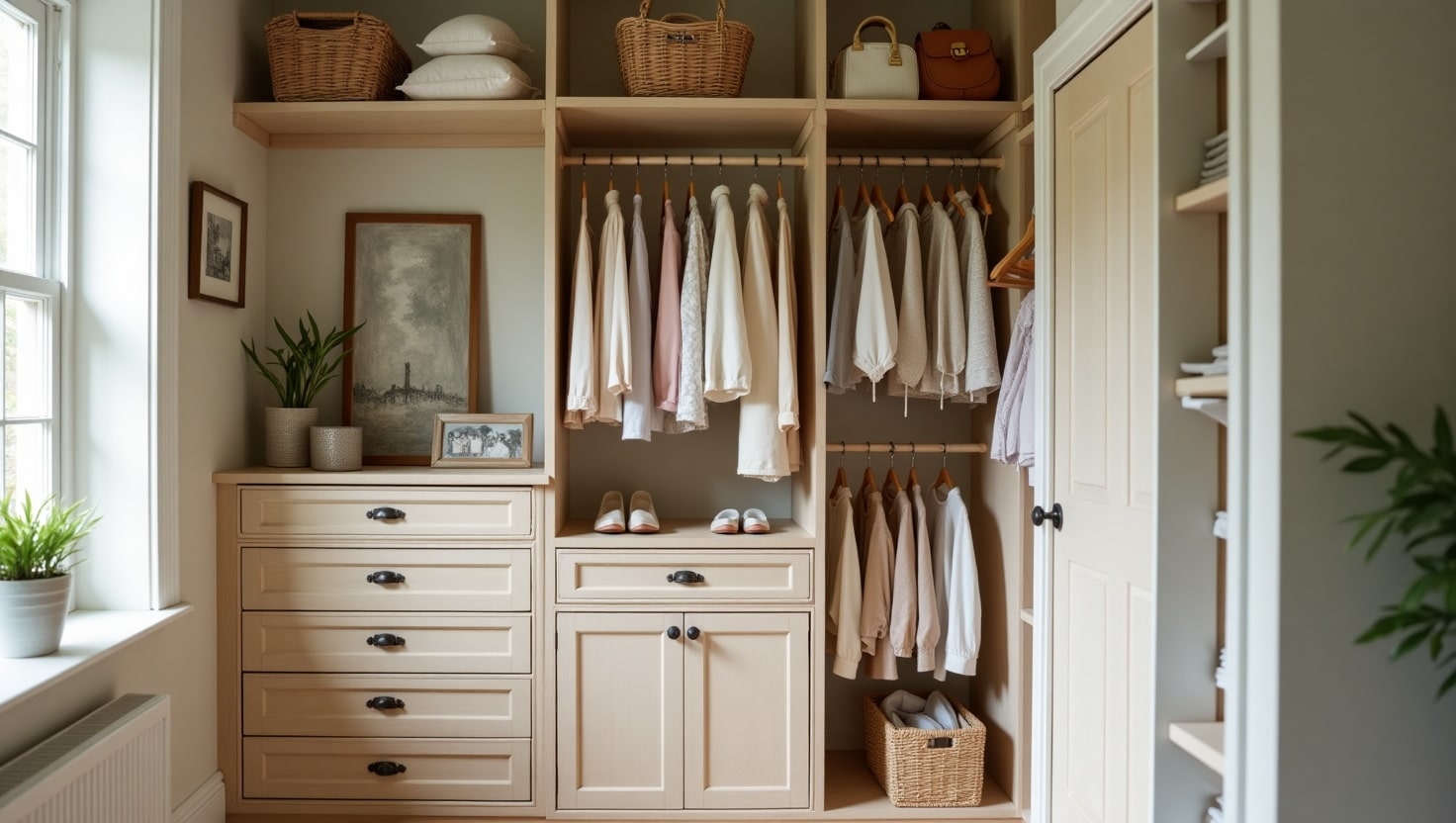
Make Your Investment Last
A well-cared-for wardrobe isn’t just beautiful—it saves you from future headaches. For global families sourcing from a Chinese custom wardrobe maker, knowing how to maintain your wardrobe can make all the difference.
At Nexthome Furnishing, we specialize in custom wardrobe solutions designed for international homes—built to last, easy to maintain, and tailored to your space. Whether you’re furnishing a compact home or managing a multi-unit project, we’re here to support you. Explore our collection or get in touch for consultation.
Contact NextHome Now!
We are here to help you with your business needs. We have a team of experts who are always eager to help you.

